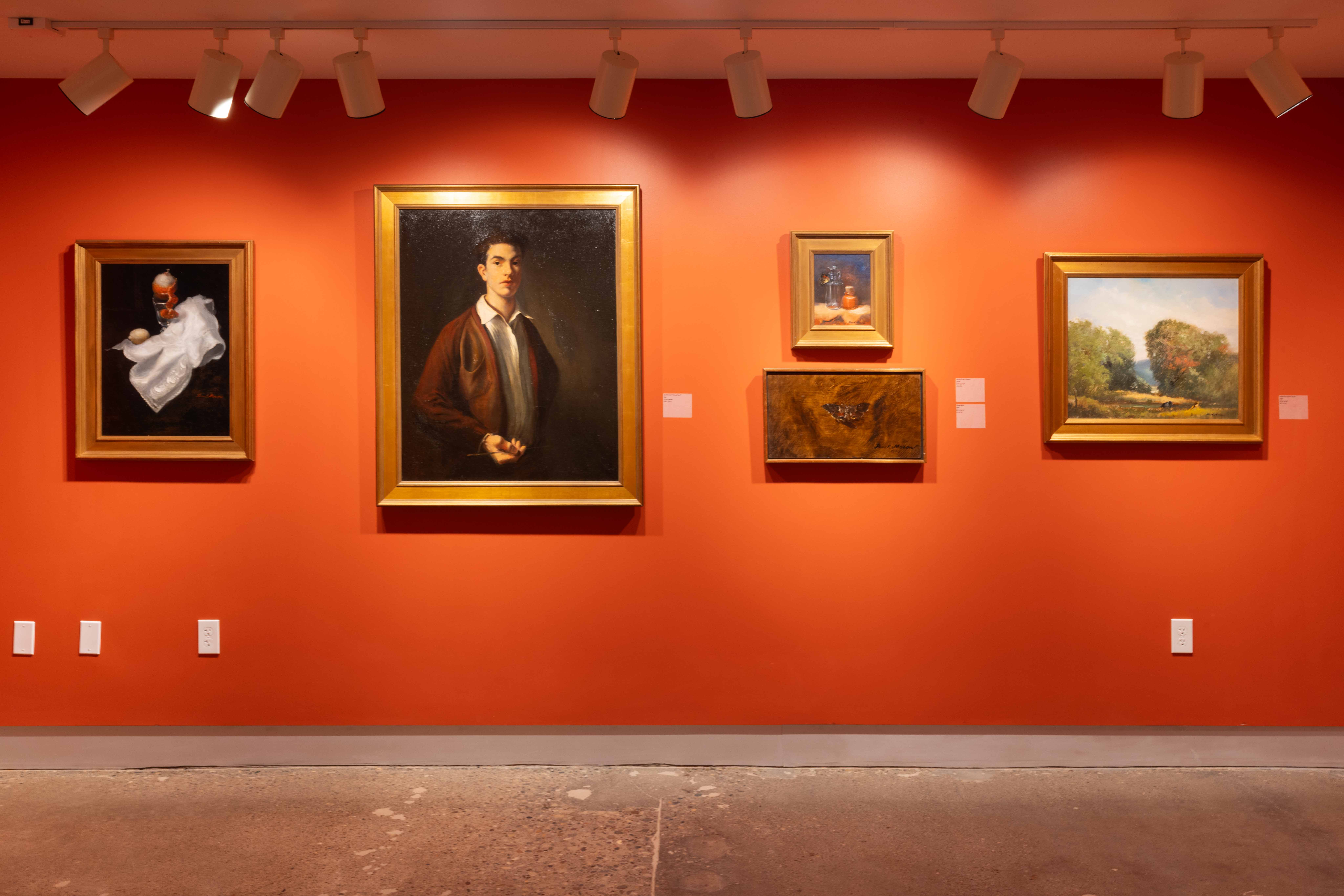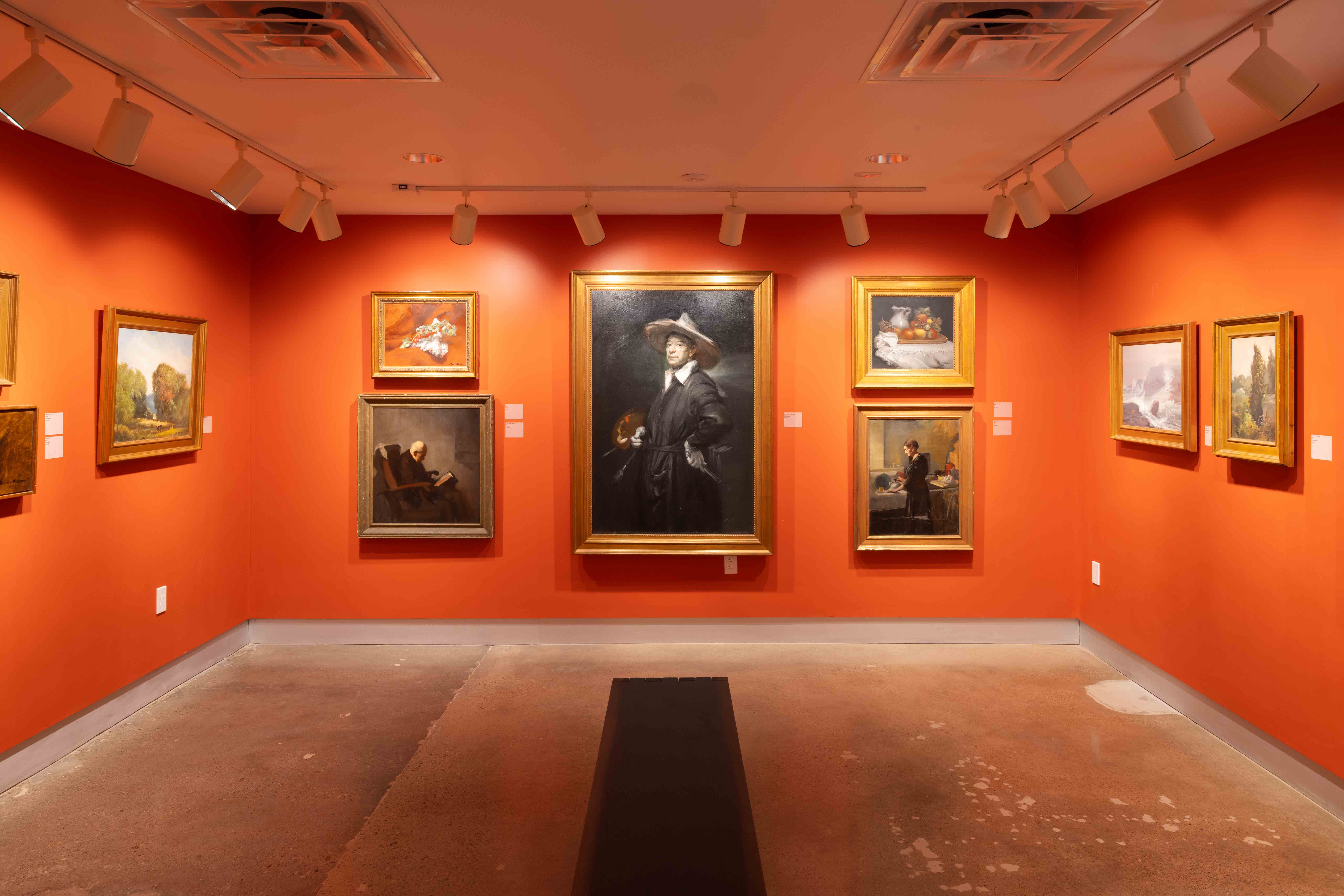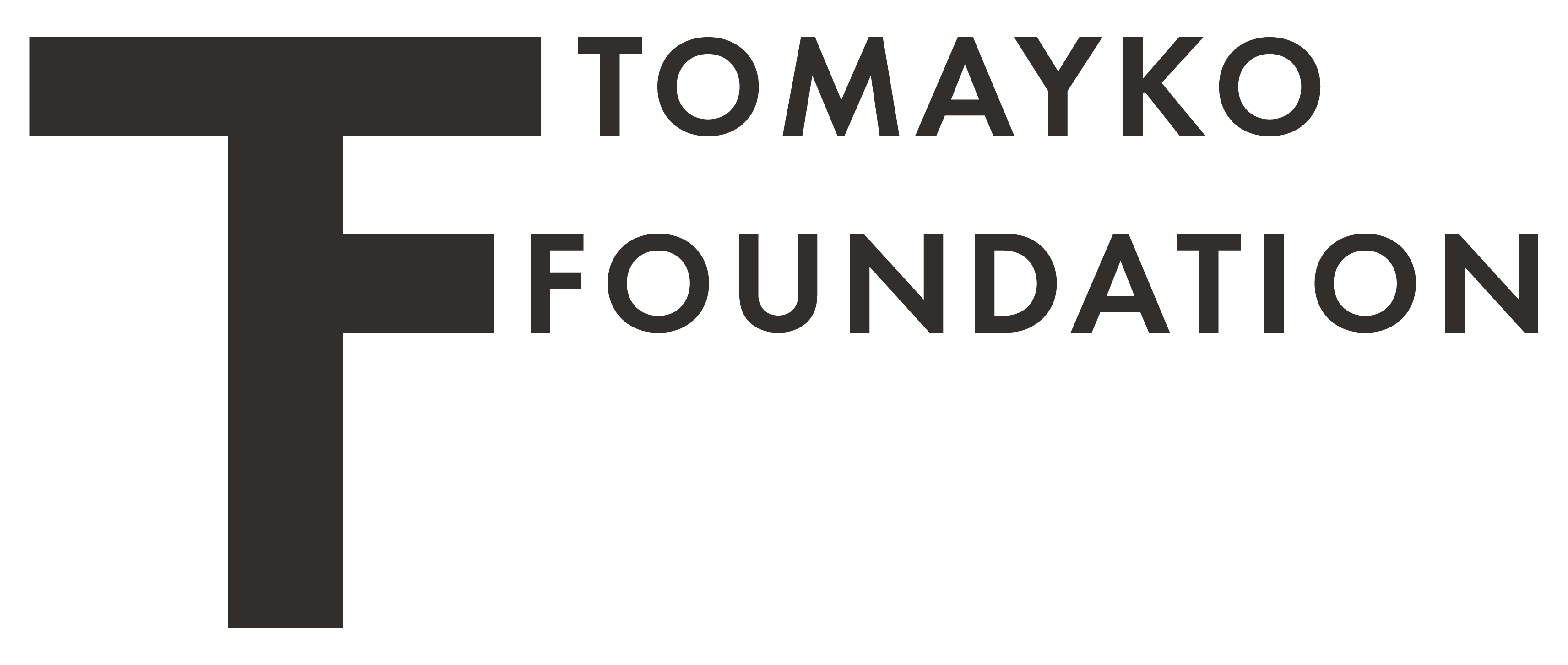Frank Mason Gallery Archive
The Tomayko Foundation is home to the Frank Mason Gallery, a dedicated gallery to view and learn more about the life and work of artist Frank Mason.
The Tomayko Foundation is home to the largest number of artworks by Frank Mason through his estate, and works to promote and preserve his work since his passing in 2009. The foundation works with the Frank Mason Estate to ensure that the artist’s legacy is cared for and his work is seen by diverse audiences.
2023 - 2024
“Why paint from light that comes from a bulb above your head when the last rays of sunlight have traveled millions of miles to illuminate the form before you.” --Frank Mason
An introduction to the work of Frank Mason including portraiture, still lives, and landscapes spanning the beginning of Frank’s career up until the later years of his life. This exhibition includes several self-portraits, landscapes from Mason’s many travels, and early portraits of the artists’s mother and father.



Installation images courtesy of Chris Uhren.
The Frank Mason Artist’s Estate

About Frank Mason
Frank Mason was born 1921 in Cleveland, OH to two artistic parents, a violinist and a Shakespearean actor. The family moved to NYC in 1932, where Mason, at age 12, began to indulge his interest in painting. By age 16, Mason was granted a scholarship to attend the Art Students League of New York, studying under classicist Frank Vincent Dumond. The years he spent working along Dumond sparked a lifelong interest in mastering technique rather than theory of painting. Mason became fascinated in the compositional makeup of Renaissance-age paint and the technical approaches to application. Dumond would be an important mentor and friend for Mason until Dumond’s death in 1951.Also in 1951 Mason became an instructor at the Art Students League, where he would ultimately teach for the rest of his career. That same year Mason met Jacques Maroger, the former president of the Louvre Laboratoire. Maroger was conducting scholarship and research into the lost painting techniques of artists from the 17th and 18th centuries, which was a topic that fascinated Mason.
During the 1960s Mason entered a phase of activism. Mason, and a group of artists and scholars, were concerned with what they saw as the over restoration of traditional Old Masters paintings in some of the city’s largest institutions. Mason became concerned that paintings were being restored with harsh chemicals, and according to Mason, were tarnishing the original work of the master. Mason was in opposition to many museum directors, who dismissed his concerns as being “ignorant”.
In 1965, Mason took a sabbatical from teaching at the Art Students League to travel and paint in Italy. He painted several commissioned portraits including for Bishop John Cardinal Wright of the Vatican, Prince Giocomo Colonna of Venice, and the Sovereign Order of the Knights of Malta who ordered a commission of eight paintings depicting the life of Saint Anthony of Padua.
Mason’s activism continued and crystallized around the restoration of Michelangelo’s Sistine Chapel. According to protesters, restorers had removed shadows, modeling, and all of the illusion of depth Michelangelo is so famous for in their restoration of the fesco. Mason gained support for his views from Alexander Eliot, formerly of Time Magazine, Dr. Benjamin Rifkin and Dr. James Beck of Columbia University Art History Department. Though ultimately unable to stop the restoration of the Sistine Chapel, Mason’s work has been tireless and helped to raise important questions about the lines between cleaning and alteration of the artist’s original intent.
Frank Mason passed away in 2009. Mason’s life and work are chronicled in the feature length documentary A Light in the Dark: The Art & Life of Frank Mason, produced in 2011 by his nephew Scott Mason. The film premiered at the Big Apple Film Festival in New York City.
Learn More
